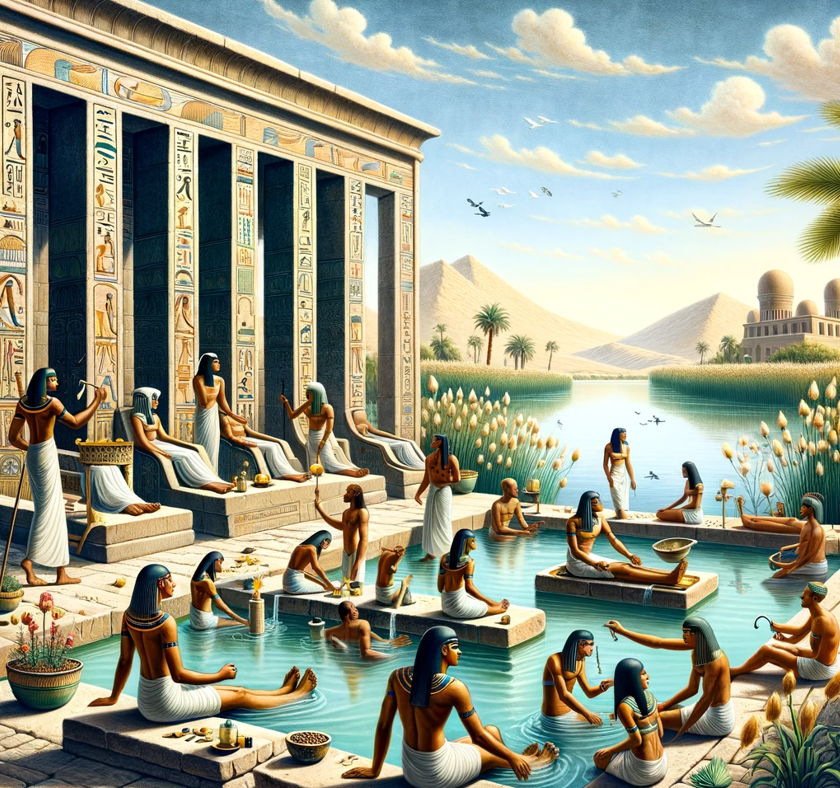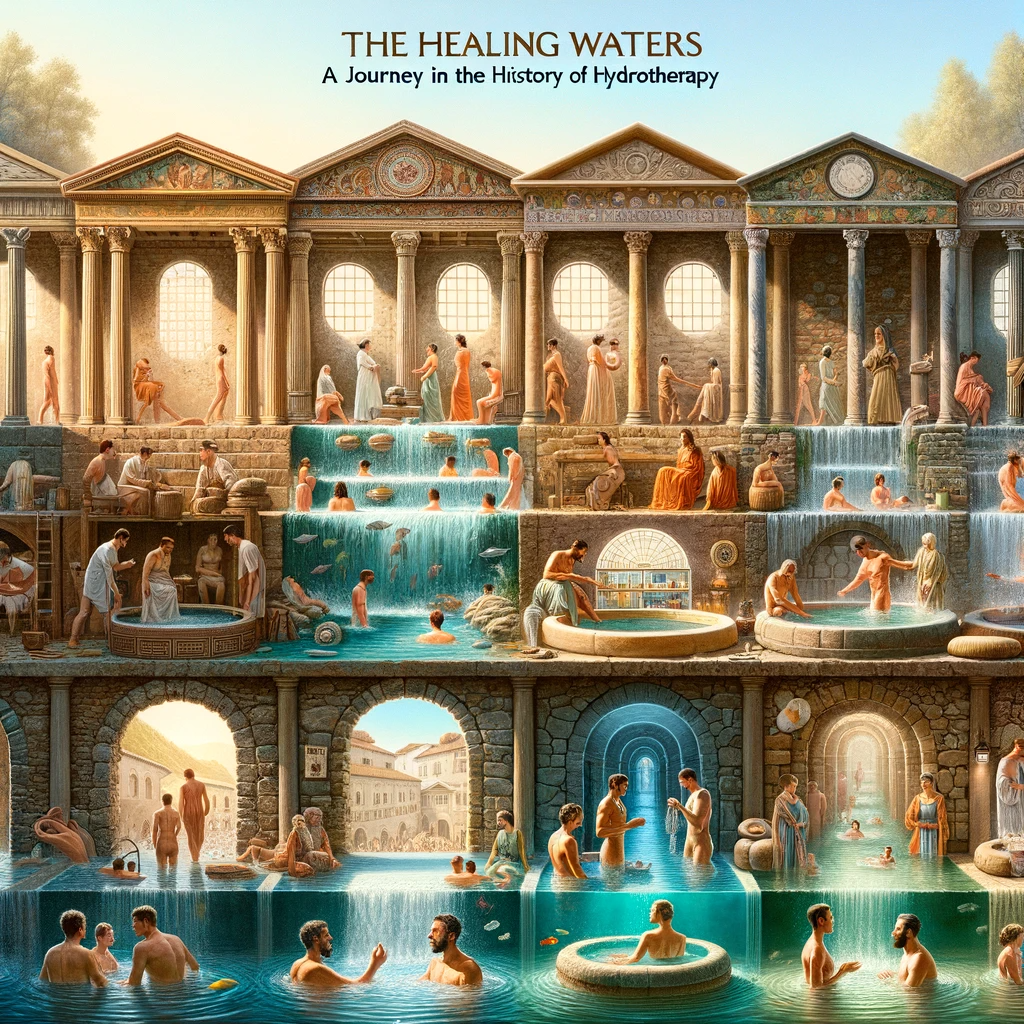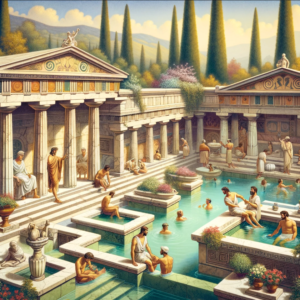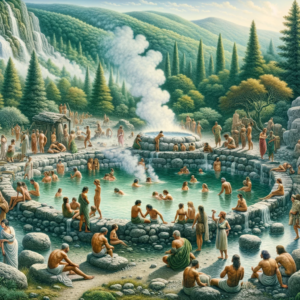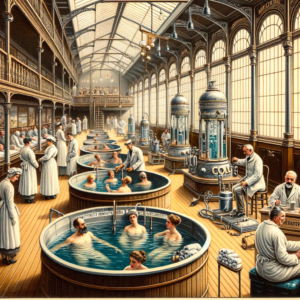Introduction
In the realm of therapeutic practices, hydrotherapy stands as a timeless and ever-evolving method of healing that has transcended the ages. From the ancient civilizations of Greece and Rome to the modern wellness centers of today, the use of water for its therapeutic benefits has been deeply ingrained in human history. In this blog post, we will explore the rich history of hydrotherapy, tracing its origins and the various ways in which people from antiquity to the present have harnessed the healing powers of water.
Ancient Beginnings
The roots of hydrotherapy can be traced back to ancient civilizations where the therapeutic properties of water were revered and utilized extensively. In the ancient world, it was believed that water possessed divine and healing qualities.
The Greeks, for instance, worshipped the god of healing, Asclepius, and built elabo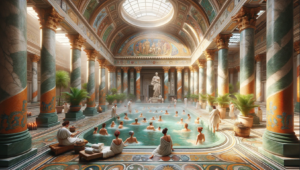 rate healing temples called Asclepions near natural springs. Patients would come to these sacred sites seeking relief from their ailments by bathing in or drinking the spring water.
rate healing temples called Asclepions near natural springs. Patients would come to these sacred sites seeking relief from their ailments by bathing in or drinking the spring water.
The Romans, too, recognized the benefits of hydrotherapy. They constructed magnificent bathhouses that included a variety of pools, saunas, and steam rooms. These baths were not only for relaxation but also for healing purposes, and they became social hubs where people from all walks of life could experience the therapeutic effects of water.
Healing Powers of Hot Springs
Hot springs, in particular, held a special place in the history of hydrotherapy. Ancient civilizations across the globe, from the Roman Empire to Japan, believed in the healing powers of these naturally occurring geothermal wonders. People immersed themselves in hot spring baths, attributing the benefits to the minerals and heat.
For example, the Romans revered the mineral-rich waters of Bath, England, and constructed grand bathhouses around them. These baths were believed to alleviate a wide range of ailments, from joint pain to skin conditions. In Japan, Onsen, or hot spring bathing, has been practiced for centuries for its therapeutic and relaxation benefits.
Hydrotherapy in the Middle Ages

The knowledge of hydrotherapy persisted through the Middle Ages, although the focus shifted towards balneology, the study of the therapeutic properties of mineral waters. Monasteries played a crucial role in preserving and passing down this knowledge, often building spas near natural springs. Monks and healers in medieval Europe used hydrotherapy to treat various maladies, often through a combination of bathing, drinking, and steam treatments.
The Renaissance and the Rediscovery of Hydrotherapy
During the Renaissance, there was a renewed interest in ancient Greek and Roman texts, which included references to the healing properties of water. This revival of classical knowledge led to a resurgence in the popularity of hydrotherapy. European royalty and aristocracy frequented spa towns like Bath, Aachen, and Baden-Baden, seeking relief from various ailments. Hydrotherapy became synonymous with luxury and was seen as an essential part of maintaining one’s health and well-being.
19th Century: The Rise of Hydrotherapy as a Medical Practice
The 19th century witnessed the professionalization of hydrotherapy as a medical practice. Dr. Vincent Priessnitz, an Austrian farmer, is often credited with pioneering modern hydrotherapy. He advocated for the use of cold water treatments, including cold baths and wet compresses, to promote healing. Priessnitz’s methods gained widespread popularity and led to the establishment of hydrotherapy clinics across Europe.
In the United States, Dr. John Harvey Kellogg, a prominent physician and nutritionist, became an advocate for hydrotherapy as part of his holistic approach to health. He founded the Battle Creek Sanitarium in Michigan, which offered a range of hydrotherapy treatments, including hydroelectric baths and colon hydrotherapy.
20th Century: Hydrotherapy Evolves
As medicine continued to advance in the 20th century, hydrotherapy underwent further refinement. New technologies and techniques, such as whirlpool baths, hydro-massage, and underwater exercises, were developed to enhance the therapeutic effects of water. Hydrotherapy also found its place in rehabilitation and physical therapy, with professionals using water-based exercises to aid in the recovery of injuries and surgeries.
The future of Hydrotherapy
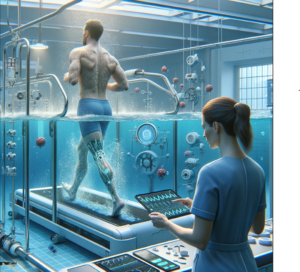
In the 21st century, hydrotherapy has continued to evolve and expand its reach. It is no longer confined to specialized clinics or spa resorts but has become a mainstream component of holistic wellness programs. Hydrotherapy pools, aquatic exercise classes, and even home hydrotherapy units are now readily available to individuals seeking its healing benefits.
The history of hydrotherapy is a testament to the enduring belief in the healing powers of water. Humans have recognized the therapeutic potential of water for millennia. As our understanding of medicine and science continues to grow, hydrotherapy remains a valuable and versatile tool for promoting health and well-being. This will continue into the far future, offering solace and rejuvenation in our hectic modern lives.
